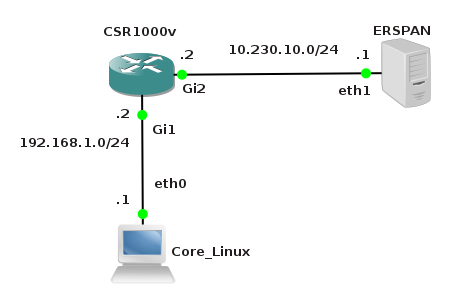0
Last year I wrote about the IPv4 Address Transfer Process. Recently I was involved in another IPv4 transfer. I was surprised to see that IPv4 prices have fallen in the last year. I have done some rudimentary analysis of the APNIC transfer statistics to try to figure out why.
APNIC publishes statistics on transfers at ftp.apnic.net/public/transfers/apnic. These text files list all resource transfers that have taken place – the to & from organisation, the resource type, the date, etc. I am very interested in looking at the trends. How many transactions take place each month, and how many addresses are being transferred?
I wrote a simple Python script to do this analysis for me. It retrieves the latest statistics, and converts them into a Google chart:
(If you’re reading this via RSS, and the chart doesn’t display, you may need to click here to see the web version).
Note this does not do live updates. It is a point in time, generated using the current data at the time the script is run. If you would like to update the code to do live updates, fork it from Github here. I’d also love to update the script to Continue reading

 SDxCentral makes its catalog of SDN & NFV Use Cases available to the entire SDxCentral community. Track the most common SDN & NFV Use Cases on SDxCentral now.
SDxCentral makes its catalog of SDN & NFV Use Cases available to the entire SDxCentral community. Track the most common SDN & NFV Use Cases on SDxCentral now.